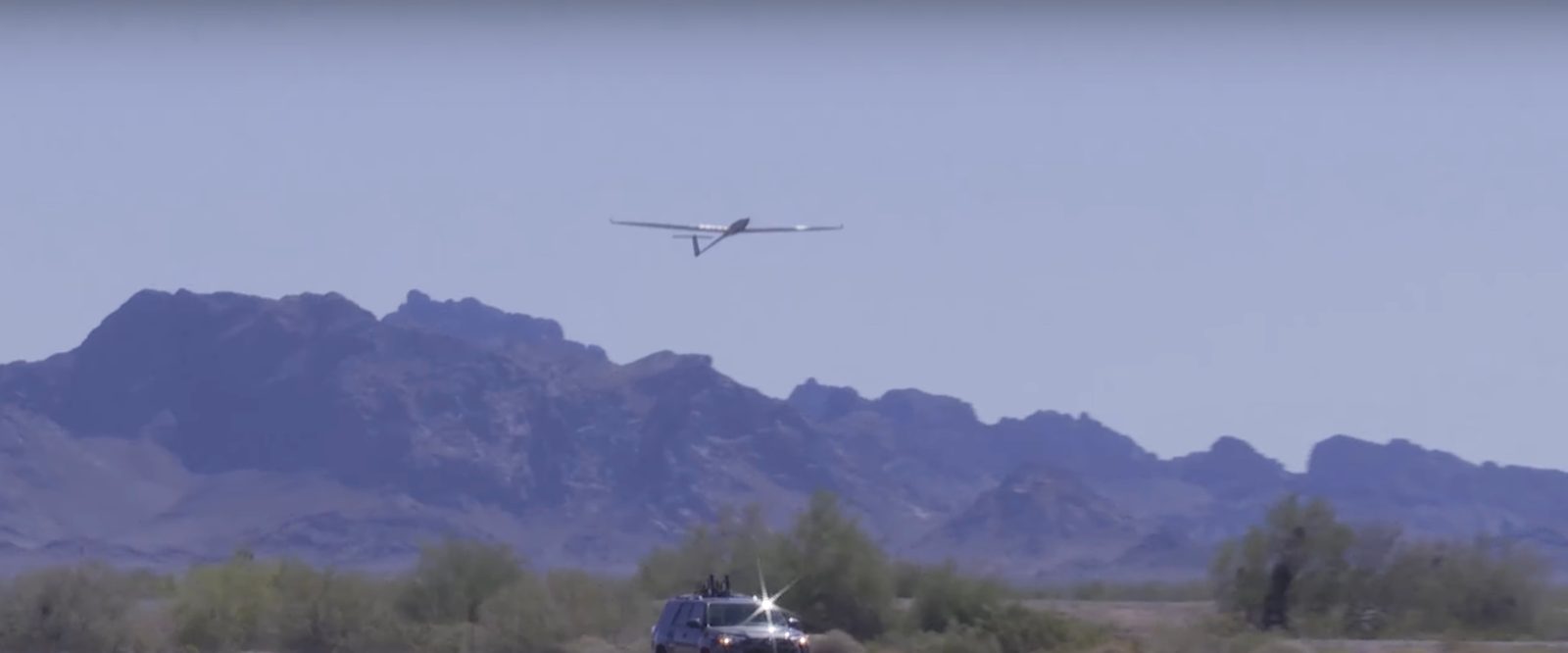
Ever dream of piloting a drone that can stay aloft longer than the usual 30- to 35-minute battery charge? Meet the K1000ULE, an electric-, solar-, and thermal-powered UAV that flew for 26 straight hours this summer.
Made by San Francisco Bay Area startup Kraus Hamdani Aerospace, the K1000ULE was designed to perform extended – really, really extended – drone flights in service of armed forces, first responders, and disaster control operations. The company says the ultra-long endurance UAV completed a 26-hour outing in July, but theoretically could have stayed up for days, even weeks if necessary, thanks to the combination of tech it packs.
According to specialized defense media reports, that marathon drone flight – which was verified by an independent observer and craft records – ranks as a world record for non-stop time in the air for a UAV of that size and weight. Making the exploit even more astonishing is that the K1000ULE was toting a full video and military specification radio payload throughout.
But the highly adaptable drone astonishes in other ways as well.
The plane has a wingspan of 16 feet, yet only weighs 15 pounds. It’s outfitted with solar panels that continue recharging the batteries that power the craft during the day, meaning it’s capable of reserve energy flight at night even after the sun has gone down. Yet it often doesn’t even need those jolts to keep soaring.
The UAV’s onboard sensors paired with artificial intelligence scan the surrounding skies for thermals – those rising pockets of hot air that allow birds sail along without beating their wings. Once it finds those, the K1000ULE’s motor shuts off, its engine blades retract for increased aerodynamic efficiency, and the drone swoops on like a hawk or eagle in glider mode.
Its avionics and AI responds the changes in snagged thermals to get maximal flight thrust from them. It also decides when it’s time to turn the motor back on and dip back into the human-designed energy sources that company officials say it only needs about 20% of the time the plane is flying.
As a means of keeping its weight down, meanwhile, the craft is designed without landing gear. Instead, it touches down by skidding to a stop on replaceable, 3D-printed pads. Not an approach your mother would have approved of with your new tennis shoes or knees of your jeans, but she wasn’t developing those as strategic military and public safety assets.
Drones of the same size and weight category are usually limited to between five and eight hours of flight time, well short of the 360 hours Kraus Hamdani Aerospace executives calculate as the K1000ULE’s max. For that reason, they believe the UAV can be become valuable in providing greatly extended surveillance or search and rescue operations. It’s capacities for round-the-clock operation may also permit it to monitor and battle wildfires – something traditional aircraft can’t do at night or in heavy smoke conditions.
The K1000ULE can also operate much higher than most UAV of its category – up to 20,000 feet, which gets it above US Army objectives and closer to NASA’s stratospheric altitudes. Due partly to that, Kraus Hamdani Aerospace is testing the craft with radio and cell phone transmitter payloads, which could also make it functional as a low Earth orbit link between satellite communications and ground receptors.
FTC: We use income earning auto affiliate links. More.




Comments